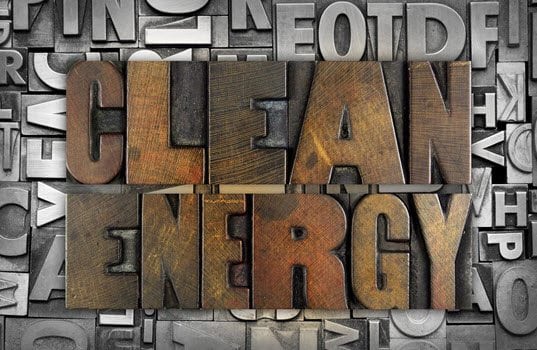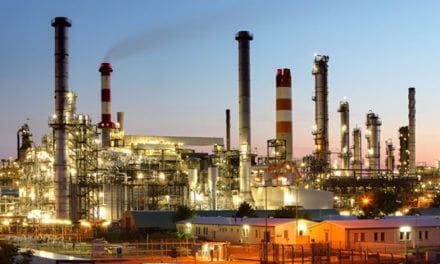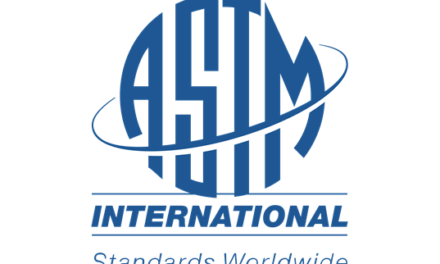Dr. Barry Stevens
The national vision by politicians, economists, industrialists and environmentalists to transition to hydrogen economy by 2030 seems deadlocked, with hydrogen fuel cells projected to represent a $3 billion market of about 5.9 GW by 2030, according to Lux Research, Figure 1.(1)
The dream of fuel cell vehicles powered by hydrogen from zero-carbon sources such as renewable power or nuclear energy comes from estimates that the cost of avoided carbon dioxide would be more than $600 a metric ton – ten times higher than most other technologies under investigation.
Yet today, there are only two fuel-cell vehicles (FCEV) available in the U.S. market – Honda’s FCX Clarity, which is available to lease, and the Mercedes-Benz F-Cell.
Fuel cells combine the best of electric and gasoline cars without the downsides, the automakers say. They drive like electric cars—quietly, with tons of off-the-line power—but can be refueled just like gasoline-powered cars, writes Jerry Hirsch for the Los Angeles Times.(2)
In another article for the Los Angeles Times, Jerry Hirsh points out:(3)
“….. As they (fuel cells) move into production, fuel cell cars should gain a price advantage over vehicles that run on battery power.”
“…..lesser weight and higher energy density of fuel cells also enable them to be used in a wider range of vehicles, from a family sedan to full-size trucks to city buses.“
BEVs have a number of significant issues. Unless you are willing to shell-out for Tesla’s Model S, range is still a significant issue. And even if you do opt for the Model S, the battery can take 20 minutes just to reach 50% charge, compared to a few minutes’ refueling for ICE cars, states Katie Spence for The Motley Fool.(4)
Robert Duffer for the Chicago Tribune states, Fuel cell cars use a stack of cells that combine hydrogen with oxygen in the air to generate electricity, which powers the motor that propels the car. The only emission is water vapor and, with a 300-mile range can run 3 or 4 times longer than the most capable electrics, aside from Tesla’s all-electric Model S, which has a range of 265 miles. The Nissan Leaf has a 75-mile range.(5)
Unfortunately, the push to develop a hydrogen economy in the U.S.; sparked by the Matsunaga Hydrogen Research, Development, and Development Act of 1990; never gained sufficient traction and political support to overcome major barriers to market entry such as high capital costs and lack of an infrastructure. Capitol Hill’s indifference to FCEVs is underscored by The Department of Energy (DoE) hydrogen and fuel cells budget history from 1990 to 2011, Figure 2.(6)
Including years 2012 – 2014, the total 25-year DoE budget for hydrogen and fuels research, development, demonstrations and deployment (RDD&D) was about $2.8 billion, an average annual allocation of $112 million. To put this into perspective, the 2014 budget for hydrogen RDD&D of $100 million, i.e., 0.35 percent of the total DoE budget request of $28.4 billion. This falls short of other renewable technologies such as solar, bioenergy and wind technologies, which received allocations of $365 million (1.25 percent), $282 million (0.99 percent) and $144 million (0.51 percent) for FY 2014, respectively.
The DoE budget for FY 2014 includes an allocation of $575 million for vehicle technology programs. However, fuel cell R&D is not directly included the funding profile for these programs. The main emphasis of Vehicle Technologies is battery/energy storage R&D and vehicle technologies deployment.
The large increase in expenditures between 2002 and 2011 reflect President Bush’s announcement of a major hydrogen initiative in his 2003 State of the Union address:
“Tonight I am proposing $1.2 billion in research funding so that America can lead the world in developing clean, hydrogen-powered automobiles. A simple chemical reaction between hydrogen and oxygen generates energy, which can be used to power a car producing only water, not exhaust fumes. With a new national commitment, our scientists and engineers will overcome obstacles to taking these cars from laboratory to showroom so that the first car driven by a child born today could be powered by hydrogen, and pollution-free.”











